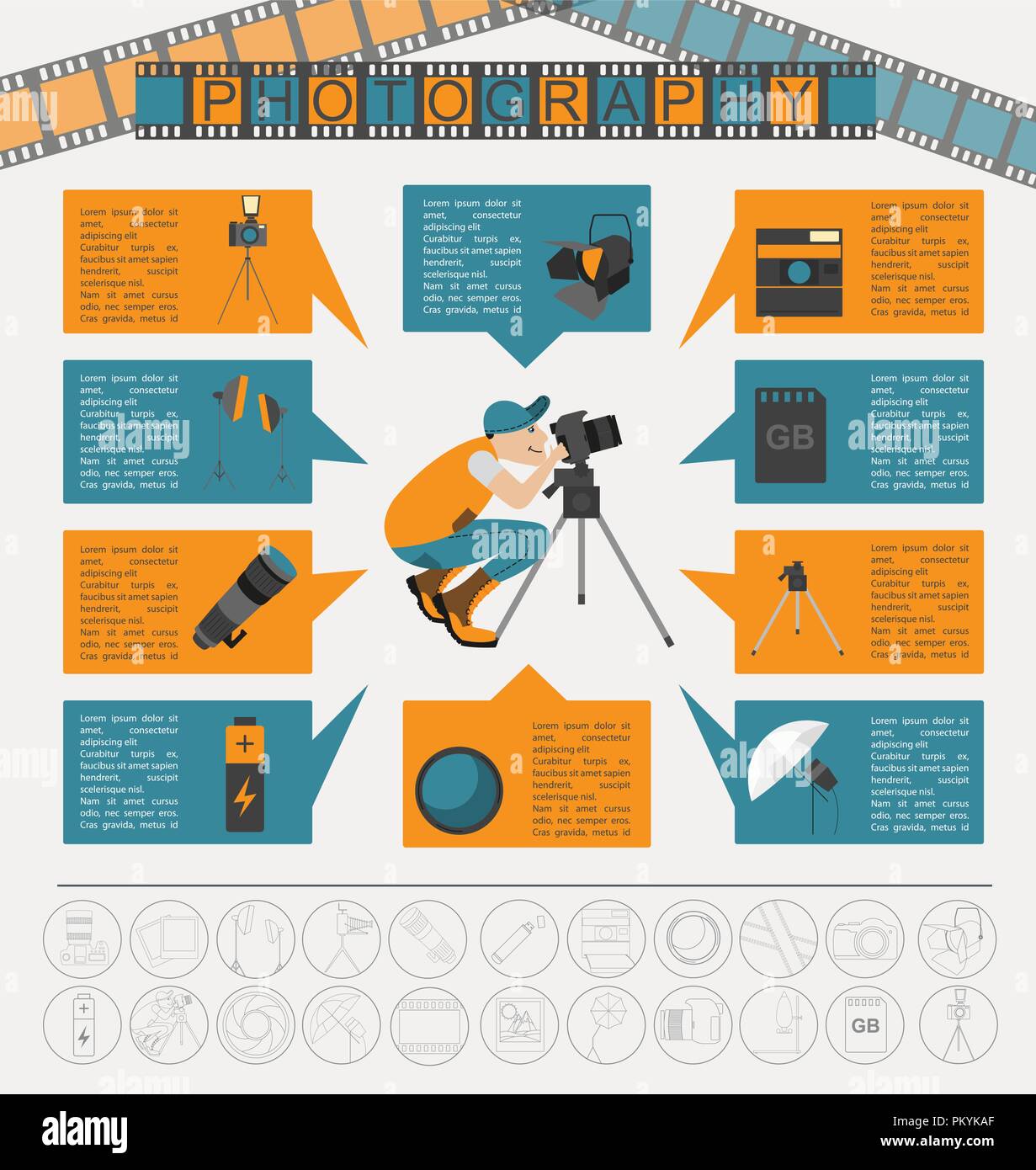Photography Tips For Beginners: Grasping Your Electronic Camera In No Time At All
Photography Tips For Beginners: Grasping Your Electronic Camera In No Time At All
Blog Article
Content Composed By-Christian Dalton
When you first get your video camera, it can feel overwhelming with all the setups and alternatives readily available. You could find yourself asking yourself how to browse aperture, shutter rate, and ISO efficiently. Understanding these fundamentals is critical, yet there's even more to digital photography than just technical knowledge. Comprehending structure methods and lighting conditions can raise your pictures drastically. So, what if you could discover easy approaches to improve your skills and begin catching excellent photos faster than you think? Allow's explore exactly how to change your photography trip.
Comprehending Electronic Camera Settings
Comprehending your camera settings is vital for catching magnificent photos. When you pick up your electronic camera, familiarize on your own with the 3 main setups: aperture, shutter rate, and ISO. Each plays a vital duty in how your pictures turn out.
Beginning with aperture, which regulates the amount of light getting in the lens. A larger aperture (reduced f-number) lets in much more light and creates a beautiful background blur, excellent for portraits. Conversely, visit this web-site (higher f-number) keeps more of the scene in emphasis, ideal for landscapes.
Next off, concentrate on shutter speed. This setting establishes the length of time your electronic camera's sensing unit is exposed to light. A fast shutter speed ices up movement, which is excellent for activity shots, while a slow-moving shutter rate can create stunning effects like smooth water in landscapes.
Lastly, change your ISO. This setting affects your electronic camera's level of sensitivity to light. A higher ISO serves in low-light circumstances but can present sound or grain. Professional portraits near me for the most affordable ISO possible while still accomplishing correct direct exposure.
Composition Strategies
When you're out capturing, composition can make all the difference in exactly how your photos reverberate with viewers. Start by using the policy of thirds; picture your structure split into 9 equivalent sections with two straight and two upright lines. Placement crucial elements along these lines or at their intersections to create balance and passion.
Next off, take into consideration leading lines. These all-natural lines in your scene, like roads or rivers, draw the customer's eye right into the photo, guiding them via the tale you're telling.
Don't forget about framing; use components within your scene, like trees or windows, to create a framework around your subject, including depth and focus.
Also, watch on your history. A chaotic background can sidetrack from your primary subject, while a basic one aids it stand out.
Finally, experiment with proportion and patterns; they can produce a striking image that records interest.
Learning Lights Issues
Mastering lights conditions is vital for catching stunning pictures, as the best light can transform an ordinary scene into something extraordinary.
Begin by observing all-natural light at various times of the day. Early mornings and late afternoons supply the most effective light, known as the golden hour. The soft, cozy tones throughout these times can enhance your images perfectly.
Don't avoid cloudy days either; diffused light can decrease harsh darkness and develop a pleasing impact, particularly for portraits.
Experiment with backlighting by placing your subject versus the source of light. This method can create a fanciful halo impact and include depth to your photos.
Take note of your cam settings as well. Adjust the ISO, aperture, and shutter rate to fit the lights conditions. Company headshots can assist in reduced light, but be cautious of grain.
Make use of a tripod in darker settings to avoid blur.
Lastly, do not fail to remember artificial lighting. Flash and continual lights can be excellent tools for controlling light in challenging conditions.
Conclusion
In conclusion, grasping your video camera doesn't need to be overwhelming. By understanding your setups, applying structure strategies, and using the power of natural light, you'll quickly raise your photography skills. Keep in mind, practice makes excellent, so venture out there and experiment with your newly found understanding. With time and dedication, you'll be capturing spectacular pictures that mirror your unique viewpoint. Delight in the trip, and don't neglect to enjoy while you go to it!
